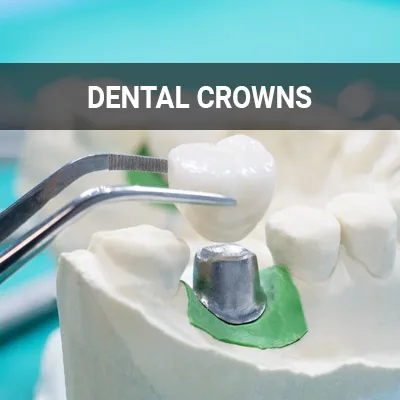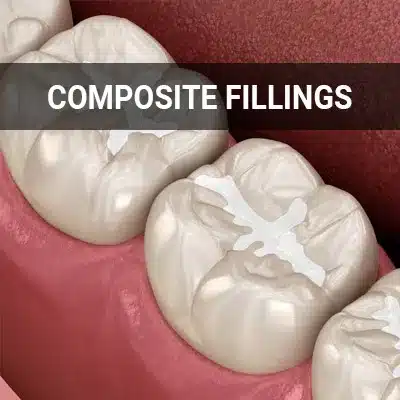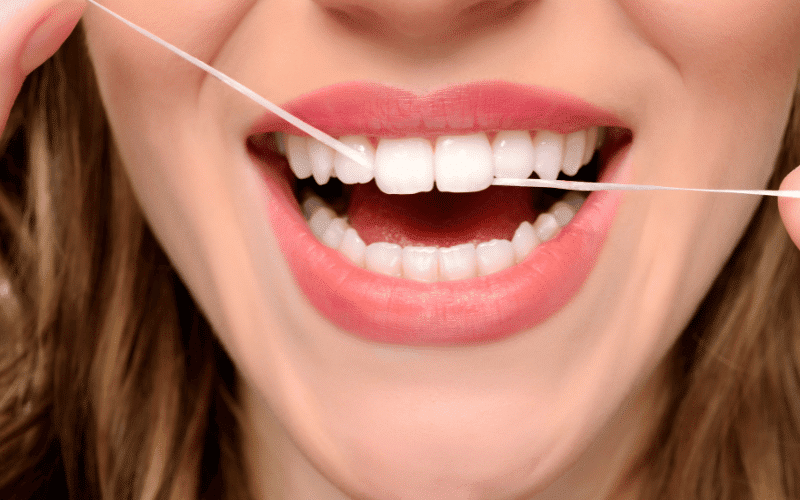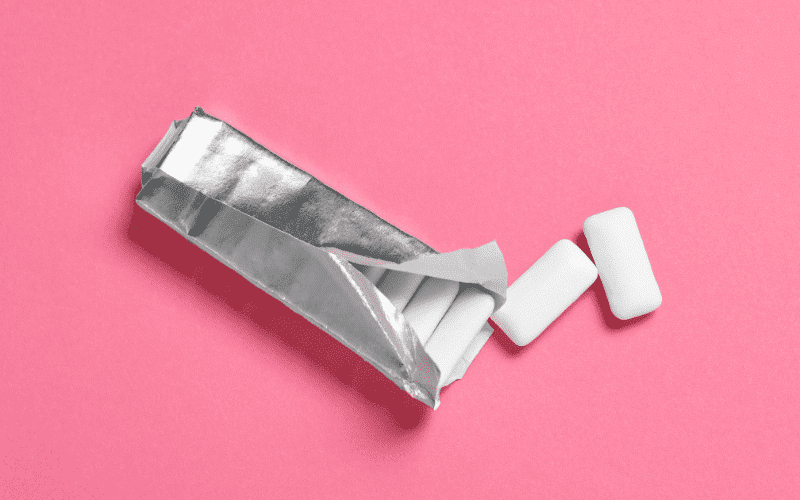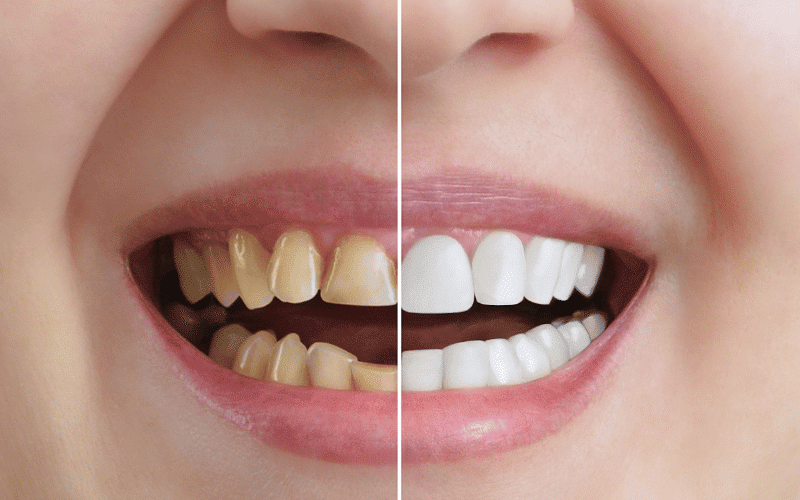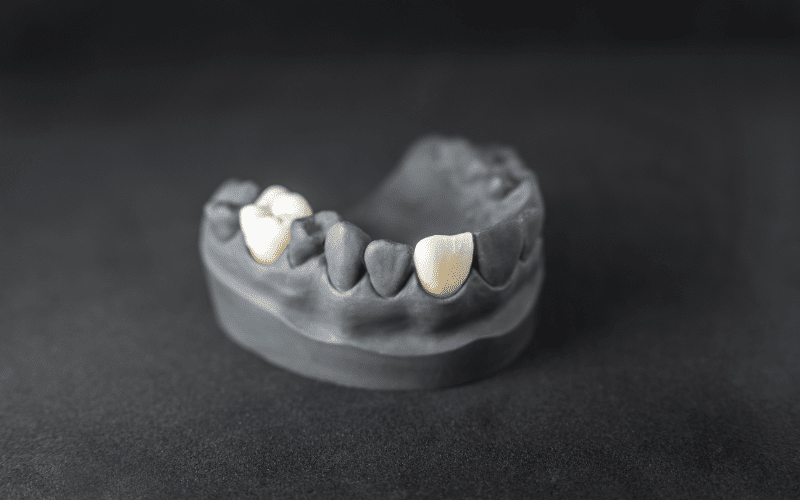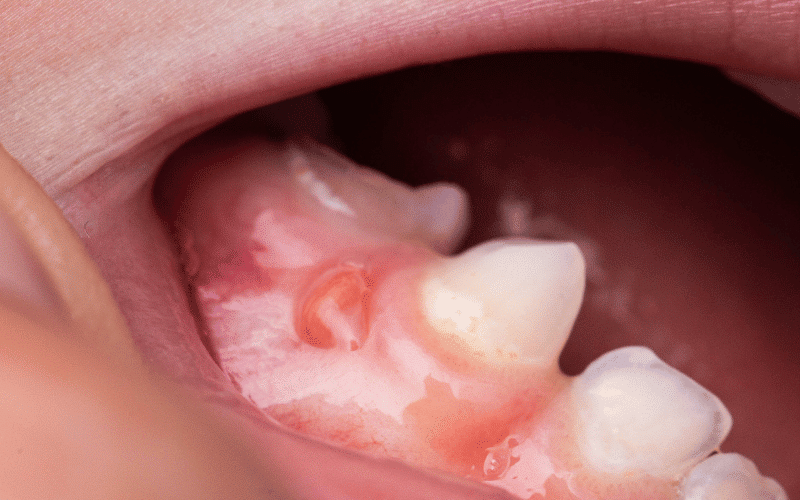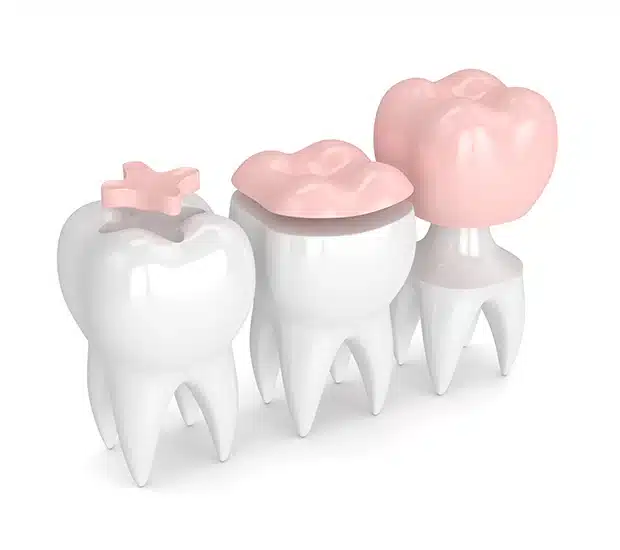
Dental Inlays and Onlays, Glendale AZ
If you are concerned about the appearance of your old fillings, new tooth-colored treatments can restore and transform your teeth. Silver and gold fillings are a thing of the past as cosmetic treatments such as inlays and onlays are a new and effective treatment. Inlays and onlays are similar to traditional fillings as they fit inside the tooth where a cavity once was and seal it. The signifying difference is that they come in a variety of tooth-colored materials for an enhanced, more uniform smile.
As most inlay and onlay treatments replace old fillings, the cavity has already been removed and filled. This makes treatment easier, faster, and generally pain-free. Inlays and onlays provide a more sustainable treatment and a natural-looking smile.
Inlays and onlays are available at Singh Smile Care - Dentist Glendale, AZ in Glendale AZ and the surrounding area. Our staff can help you determine whether this treatment is right for you. Call us at (623) 400-6009 to schedule an appointment.
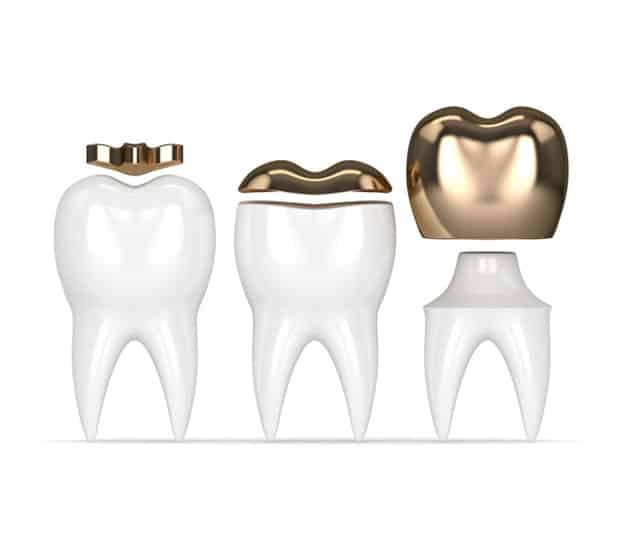
What are Inlays and Onlays?
Inlays
Traditionally, inlays replace a small amount of tooth structure left by a cavity, just as fillings do. They filled and sealed the tooth but were made only of gold. Inlays today are made of tooth-colored material such as ceramic, porcelain, or a specialized dental composite.
The inlay consists of the tooth-colored material and bonding, a clear fluid material, to attach the inlay to the tooth. As explained by the American College of Prosthodontists, "Using a clear fluid version of this material to seal the exposed surfaces of the teeth decreases sensitivity to temperature changes and certain types of foods." The bonding material is also tooth-colored and may help improve the color and appearance of stained or discolored teeth.
Onlays
Onlays are similar to inlays in that they fill a missing hole caused by a cavity, but onlays extend onto the chewing surface of a tooth to replace one or more cusps. Traditionally, they were also only made of gold, but tooth-colored onlays have made an appearance in dentistry. An onlay is considered a more effective option for patients with large cavities or the decayed area expands over the top of the tooth.
The process of inlays and onlays both involve bonding material to attach and seal it to the tooth. In both treatments, the bonding material may actually improve the strength of the tooth.
An onlay is considered a more effective option for patients who have large cavities or the decayed area expands over the top of the tooth.
Inlay or Filling
Inlays are a cosmetic treatment that can replace old fillings. Increasingly, patients have had the option to choose between a filling or inlay when treating a cavity. We use an impression of the cavity in question to ensure the inlay is the exact size and shape, as opposed to other options that may weaken the tooth. In this way, the cemented inlay strengthens the tooth rather than weakening it.
As inlays become more popular because of their appearance, fillings are hardly ever requested. However, a dentist may resort to a filling for cases in which the patient is allergic to the inlay material used. In many cases, special dental material can be used as an inlay to provide the patient with the highest level of comfort.
Inlays are formulated using an impression of the cavity and are fabricated to the exact size and shape of the cavity as opposed to being filled in.
Onlay vs. Crown
An onlay is generally used when a patient has a small hole that is only a tad larger than an inlay or old filling. In most cases, an onlay can cover the cavity hole and surrounding area. Onlays are a less aggressive restoration treatment than crowns as a smaller amount of tooth structure needs to be removed.
On the other hand, crowns are caps or covers used to restore the function and appearance of a tooth but replace the tooth itself. According to the article on caps and crowns, "Crowns are indicated for teeth with very large fillings, teeth that have had a root canal, fractured teeth, worn teeth due to grinding, and misshapen and/or discolored teeth." The key distinguishing factor a dentist will use to determine the right choice for a patient is the size of the cavity.
The key distinguishing factor a dentist will use to determine the right choice for a patient is the size of the cavity.
Benefits of Inlays and Onlays
Inlays
Onlays
Before an inlay treatment, the dentist removes all bacteria from inside the tooth and throughout the hole, attaining a higher level of oral hygiene.
Questions Answered on This Page
Q. What is the difference between an inlay and an onlay?
Q. Should I get an inlay or a filling?
People Also Ask
Differences Between Inlays, Onlays, and Veneers
Veneers are customized coverings placed over the front part of the teeth. They are not meant to protect or treat the teeth and will not provide coverage against damage or decay. Before placing in the veneer, the dentist shaves down most of the tooth to make room for the full tooth-sized veneer. Since veneers are irreversible, if one becomes chipped or broken, the patient will have a cracked or missing tooth until it is corrected.
Inlays and onlays do much more to save the teeth and protect against further damage with protective, specialized dental material. Once an inlay or onlay fills the tooth, the gaping hole and surrounding area are sealed, making it easier to maintain oral health and prevent future decay. Veneers are cosmetic appliances used primarily to cover up damaged and decayed teeth, much like crowns and caps.
